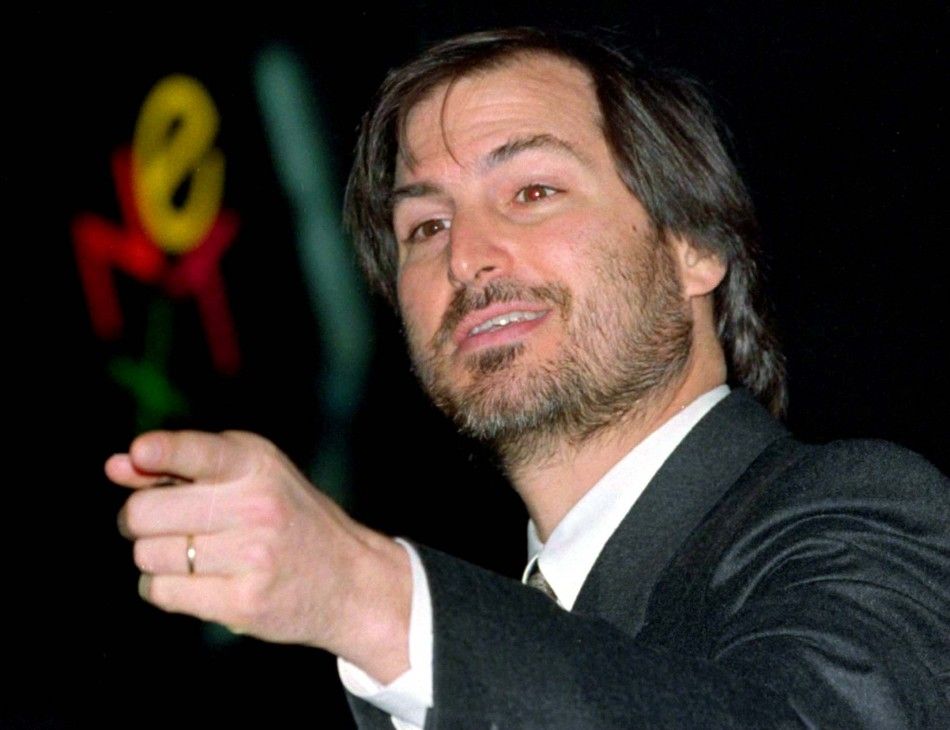Steve Jobs Battled Diseases Over the Years: Major Accomplishments [PHOTOS]
Steve Jobs' decision to step down as chief executive of Apple, marking an end to his reign at the consumer electronics giant he co-founded in a garage, signals that his disease, which was kept in check for more than seven years, may be advancing beyond doctors' ability to control it, experts say.
The 55-year-old briefly emerged from his medical leave in March to unveil the iPad 2 tablet computer, and later to attend a dinner hosted by President Barack Obama for technology leaders in Silicon Valley.
In mid-2004, Jobs announced to his employees that he had been diagnosed with a cancerous tumor in his pancreas. The prognosis for pancreatic cancer is usually very grim; Jobs, however, stated that he had a rare, far less aggressive type known as islet cell neuroendocrine tumor. Jobs underwent cancer treatment in July 2004 that appeared to successfully remove the tumor. During Jobs' absence, Tim Cook, head of worldwide sales and operations at Apple, ran the company.
In early August 2006, however, when Jobs delivered the keynote for Apple's annual Worldwide Developers Conference, he looked thin and almost gaunt on the stage.
On Dec. 16, 2008, Apple announced that marketing vice president Phil Schiller would deliver the company's final keynote address at the Macworld Conference and Expo 2009, again stirring questions about Jobs' health.
In April 2009, Jobs underwent a liver transplant at Methodist University Hospital Transplant Institute in Memphis.
On Jan. 17, 2011, one and a half years after Jobs returned from his liver transplant, Apple announced that he had been granted a medical leave of absence.
Despite the leave, he made appearances at the iPad 2 launch event , the WWDC keynote introducing iCloud, and before the Cupertino, Calif., City Council.
Click on Start to view a scrapbook of one of the era's most powerful and charismatic CEOs.




© Copyright IBTimes 2025. All rights reserved.






















